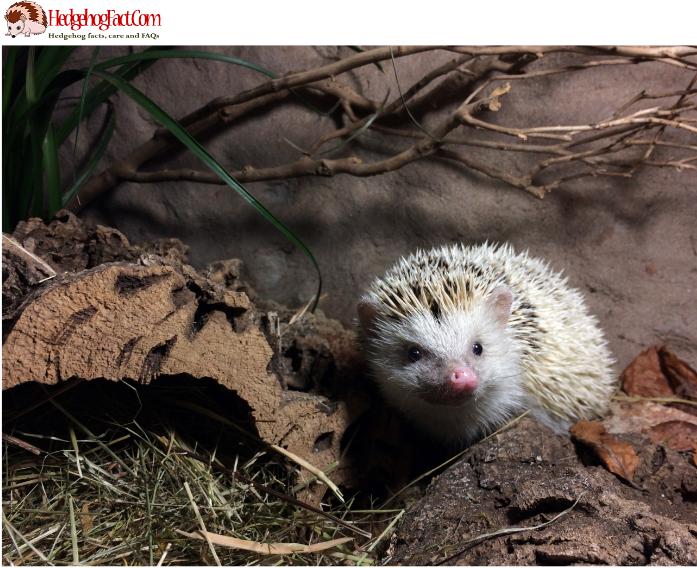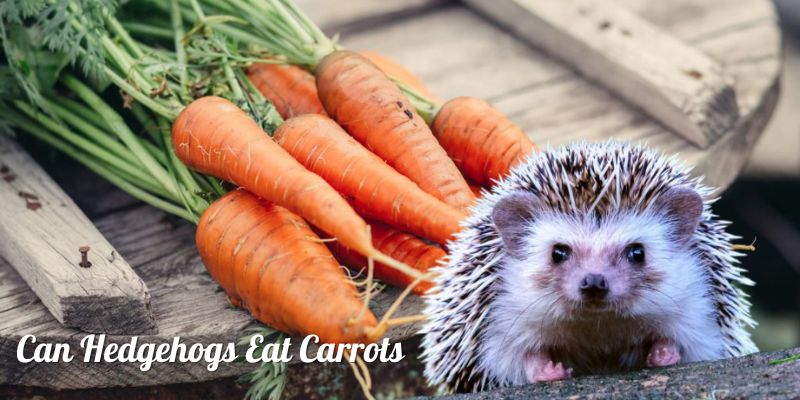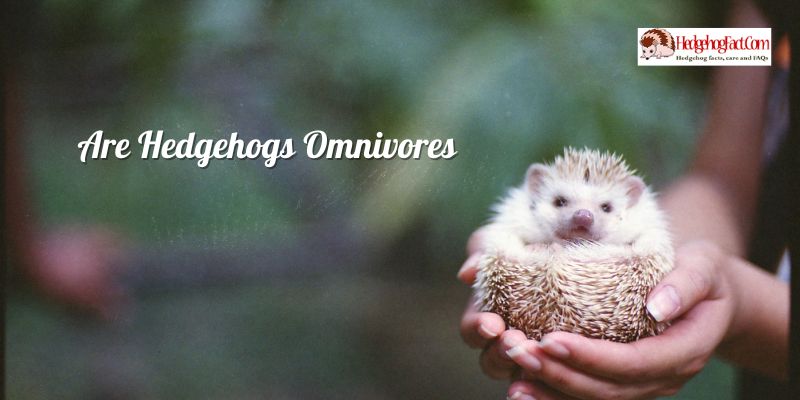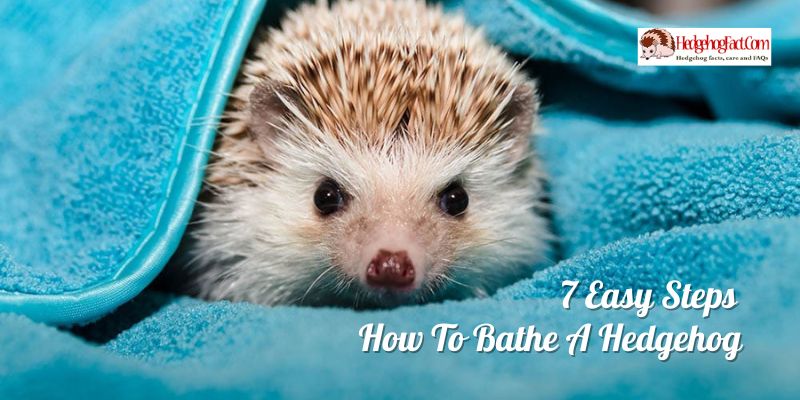Are you a hedgehog owner looking for creative ideas for your pet’s cage? Look no further than the DIY Bioactive Hedgehog Cage: A Cost-Effective and Healthy Environment for Your Pet. This innovative enclosure provides a healthy and engaging environment for your hedgehog, and it only costs around $60-70 to make by Hedgehogfact.com.
Why Bioactive?

First things first: what exactly is a bioactive cage? Essentially, it’s a living ecosystem within your pet’s enclosure. Rather than just placing your hedgehog on a bed of wood shavings, a bioactive cage incorporates a variety of natural materials that support the growth of beneficial bacteria and insects. These “clean-up crew” organisms help break down waste and maintain a healthy environment for your pet.
Materials and Cost
You will want the following basic supplies to make your bioactive hedgehog cage:
- A plastic storage bin
- Substrate (such as coconut coir, sphagnum moss, or organic soil)
- Leaf litter
- Live plants
- Clean-up crew organisms (such as isopods or springtails)
You may purchase each of these items from your neighborhood pet store or garden center. The overall price should be between $60 and $70.
Step-by-Step Instructions
Ready to get started on your bioactive hedgehog cage? Follow these easy steps:
Choose the Right Bin
There are a few additional aspects you might want to think about while choosing the correct bin. For instance, you might want to consider the bin’s material, its transparency or opaqueness, and whether it has any unique characteristics like wheels or handles.
Once you have your bin, you can consider its intended function and the kind of substrate you’ll want. The substance you will place in the bottom of the bin to create an environment that is ideal for whatever you are storing or growing is referred to as the substrate.

Consider utilizing a sturdy substrate, such as newspaper, cardboard, or even foam, to give a secure platform for your products if you’re using the bin for storage. Choose a substrate made expressly for gardening or other forms of growing if you plan to utilize the bin for those activities, such as potting soil or compost.
Whatever substrate you decide to use, be sure to add enough to provide your objects or plants with a sturdy foundation, and be sure to leave space at the top of the bin for air circulation and simple access to your objects.
Add Substrate
To provide a conducive habitat for burrowing and foraging, it is a fantastic idea to add a layer of the substrate to the bottom of the bin. The best substrates are coconut coir, sphagnum moss, or organic soil. The fibrous outer husk of coconuts is used to create the natural and sustainable substance known as coconut coir.
It is neutral in pH, lightweight, and absorbent. Another naturally occurring substance that is very absorbent and may hold up to 20 times its weight in water is sphagnum moss. An excellent alternative is an organic soil since it gives plants the vital nutrients they need and keeps animals in a safe environment.
Ensure the substrate is at least several inches deep in the bin before adding more. The animals will have adequate room to burrow and forage, which is crucial for survival. Also, it’s crucial to keep the substrate moist but not soggy as this might result in mold growth and other problems.
Add Leaf Litter
The habitat of hedgehog benefits greatly from the addition of a layer of leaf litter on top of the substrate. Hedgehogs may graze and walk on the natural surface of leaf litter, which also serves as a food source for some types of insects and other invertebrates. Also, the leaf litter can act as a haven for these creatures and aid in preserving the habitat’s healthy environment.
You can gather leaves from your backyard, but stay away from those from trees that have received pesticide or chemical treatment. As an alternative, you can get leaf litter online or at a pet store. It’s crucial to make sure the leaf litter is pristine and clear of any toxins that can be harmful to your hedgehog.
Make sure to uniformly distribute the leaf litter over the substrate when adding it, but avoid packing it down too firmly. The hedgehog will be able to forage for food and roam about in the litter as a result. Your hedgehog will remain in a healthy environment as a result of the decaying leaf litter, which will eventually produce more organic matter for the cleaning crew’s creatures.
Add Live Plants
Live plants can improve air quality, offer natural hiding spots, and give an aesthetic interest to a hedgehog’s habitat, among other advantages. It’s critical to choose live plants that hedgehogs can tolerate and that is safe to have around while making your selection.
Hedgehog-safe options include spider plants and pothos, which are also simple to maintain. African violets, bamboo, and bromeliads are other risk-free plant choices. Make sure to provide enough room for your hedgehog to wander about while arranging the plants in the substrate.
You can put the seeds directly in the substrate or plant pots. Make sure to pick plants that are the right size for the ecosystem and won’t get too big and take over the area. It’s critical to constantly check on the plants to make sure they aren’t being harmed by the hedgehog and are getting enough light and water.
Moreover, it’s crucial to remove the plants and get advice from a veterinarian if your hedgehog exhibits any symptoms of illness or discomfort.
Add Clean-Up Crew Organisms
Add the organisms from your cleanup crew, such as isopods or springtails, last. These little animals will aid in the waste breakdown and preserve a balanced ecology in your hedgehog’s enclosure.
Benefits of a Bioactive Hedgehog Cage
For both the hedgehog and the owner, a bioactive hedgehog cage can provide several advantages. Here are a few advantages:
A bioactive hedgehog cage can support a healthy environment for your pet and improve the health of the hedgehog. Hedgehog health depends on maintaining adequate humidity levels, which can be achieved by the habitat’s plants and substrate.

Natural Habitat: A bioactive hedgehog cage can provide a more natural home for the hedgehog by including live plants and organic materials. This may lessen stress and encourage organic behavior.
A bioactive hedgehog cage may be self-cleaning, which reduces the owner’s workload. Organisms from the cleanup crew, like springtails, isopods, and earthworms, can aid in the breakdown of organic waste and other waste products, lowering the frequency of cleaning.
Cost-Effectiveness: Compared to a conventional arrangement, a bioactive hedgehog cage may eventually be more economical. The use of expensive machinery and cleaning supplies can be decreased by the live plants and organisms used by the cleanup crew to maintain a healthy environment.
A bioactive hedgehog cage can be aesthetically pleasing and give your house a more natural feel. For your hedgehog, the live plants and organic substrates can make a lovely and fascinating habitat.
In conclusion, a bioactive hedgehog cage can be a terrific method to give your pet a healthy and natural environment while also lowering care requirements and expenditures for the owner.
Conclusion
In conclusion, creating a suitable habitat for a pet hedgehog is important for their health and well-being. A properly designed hedgehog cage should provide enough space for the hedgehog to move around, access to fresh food and water, and a comfortable substrate to burrow and forage in.





